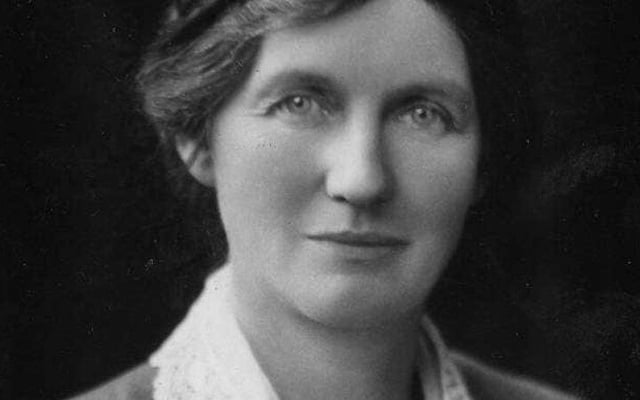A special day for women in NZ politics

September 13 holds a special significance in New Zealand’s political history. Forty years after women in New Zealand received the right to vote in 1893, the Labour Party’s Elizabeth McCombs became New Zealand’s first female Member of Parliament on this date 13 September in the year 1933. She won a by-election in the Lyttelton seat caused by the death of her husband, James McCombs. While James had only won by a narrow margin in 1931, she achieved a majority of 2600 votes. During her time in Parliament, McCombs tried to highlight women's issues at the forefront.
It may be noted that although New Zealand women had won the right to vote in 1893 they were not allowed to stand for Parliament until 1919.
The women representation in NZ Parliament has come a long way since then. In the current 53rd New Zealand Parliament, which is headed by women Prime Minister Jacinda Ardern, out of the 120 current members of parliament, 59 (49.2%) are women—the highest number since women were first allowed to stand for Parliament in 1919. Out of them, 36 are from the Labour party, 10 are from the National party and 7 represent the Green Party.
Interestingly, currently, the youngest Member of Parliament in New Zealand is also a 26-year-old woman named Chlöe Charlotte Swarbrick.
It is a matter of pride that New Zealand has the highest rate of female MPs in the OECD.
United Kingdom: Currently, there are 222 women in the House of Commons, the highest ever at 34%
Australia: Out of the current 151 members of the House of Representatives, 47 are women (31.1 per cent)
Canada: out of the 338 member House of Commons, 100 are women (29.6%)
USA: Out of the total 432, 119 women Parliamentarians are currently in the House of Representatives, accounting for 27.6% of the total.
September 13 holds a special significance in New Zealand’s political history. Forty years after women in New Zealand received the right to vote in 1893, the Labour Party’s Elizabeth McCombs became New Zealand’s first female Member of Parliament on this date 13 September in the year 1933. She won a...
September 13 holds a special significance in New Zealand’s political history. Forty years after women in New Zealand received the right to vote in 1893, the Labour Party’s Elizabeth McCombs became New Zealand’s first female Member of Parliament on this date 13 September in the year 1933. She won a by-election in the Lyttelton seat caused by the death of her husband, James McCombs. While James had only won by a narrow margin in 1931, she achieved a majority of 2600 votes. During her time in Parliament, McCombs tried to highlight women's issues at the forefront.
It may be noted that although New Zealand women had won the right to vote in 1893 they were not allowed to stand for Parliament until 1919.
The women representation in NZ Parliament has come a long way since then. In the current 53rd New Zealand Parliament, which is headed by women Prime Minister Jacinda Ardern, out of the 120 current members of parliament, 59 (49.2%) are women—the highest number since women were first allowed to stand for Parliament in 1919. Out of them, 36 are from the Labour party, 10 are from the National party and 7 represent the Green Party.
Interestingly, currently, the youngest Member of Parliament in New Zealand is also a 26-year-old woman named Chlöe Charlotte Swarbrick.
It is a matter of pride that New Zealand has the highest rate of female MPs in the OECD.
United Kingdom: Currently, there are 222 women in the House of Commons, the highest ever at 34%
Australia: Out of the current 151 members of the House of Representatives, 47 are women (31.1 per cent)
Canada: out of the 338 member House of Commons, 100 are women (29.6%)
USA: Out of the total 432, 119 women Parliamentarians are currently in the House of Representatives, accounting for 27.6% of the total.









Leave a Comment